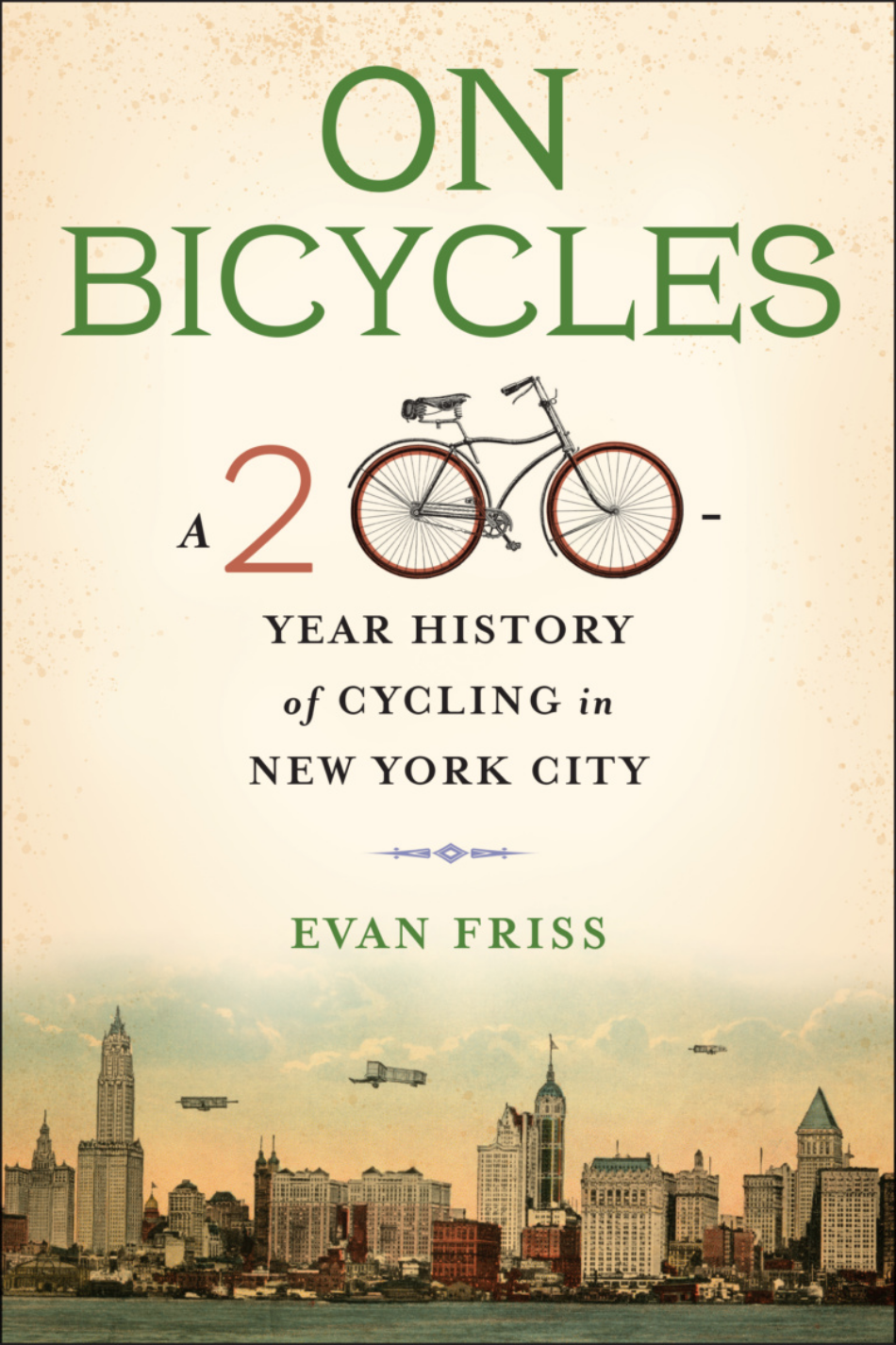New York City’s Women Teachers, Equal Pay, and Suffrage
By Rachel Rosenberg
On May 7, 1908, Carrie Chapman Catt, the famous American suffragist, spoke at Association Hall in New York City. There were women in the hallway outside selling “suffragette” buttons. The hall was packed despite the bad weather, and the event went on past 11 pm. The evening, however, was not about suffrage. It was a meeting of the Interborough Association of Women Teachers (IAWT), the organization demanding equal salaries for men and women teachers in New York City. Alongside many other speakers, Catt spoke as a woman taxpayer about the number of problems in the country that the women teachers in public schools were being asked to solve, and how important these teachers were to the nation. Her speech called for equal pay for women teachers, but also for woman’s suffrage in acknowledgment of that importance.
Read More








